From October 15, 2025 to April 7, 2026, the halls of Palazzo Blu in Pisa will host one of the most anticipated exhibitions of the Italian cultural season. It is entitled BELLE ÉPOQUE. Italian Painters in Paris in the Age of Impressionism and recounts the encounter between Italian art and European modernity through three protagonists who, between the 19th and 20th centuries, knew how to transform painting into an international language: Giovanni Boldini (Ferrara, 1842 - Paris, 1931), Giuseppe De Nittis (Barletta, 1846 - Saint-Germain-en-Laye, 1884) and Federico Zandomeneghi (Venice, 1841 - Paris, 1917). Curated by art historian Francesca Dini, among the leading experts on the Italian 19th century, the exhibition is sponsored by the Fondazione Palazzo Blu, organized by MondoMostre with the contribution of Fondazione Pisa and in collaboration with the Pinacoteca De Nittis in Barletta. The exhibition brings together about one hundred works from national and international museums and collections (from the Musée d’Orsay to the Louvre, from the Philadelphia Museum of Art to the Detroit Institute of Arts, from the Uffizi Galleries to the Capodimonte Museum) along with loans from the Pinacoteca De Nittis in Barletta and the Boldini Museum in Ferrara.
“For a long time,” declares Francesca Dini, “I have been cherishing the project of this journey into the Parisian belle epoque, a journey that would use as a viaticum the paths of our most famous ’Italians of Paris,’ namely Giovanni Boldini, Giuseppe De Nittis and Federico Zandomeneghi. It is a journey that is very well framed historically and therefore essentially brings out the precipitous themes of the artistic debate present in the French metropolis after 1870 and tells how the talent of our Italians developed around these themes. It has always been said and written about the influence of the Spanish painter Fortuny on the painting of Boldini and De Nittis, and here it will be given to measure the extent of this contribution, as we present for the first time in Italy Fortuny’s masterpiece, Spiaggia a Portici, an excellent loan from the Meadows Museum in Dallas. When we then talk about Zandomeneghi’s Impressionism, we will do so by comparing it with the works of Degas, Renoir, Mary Cassat, Guillaumin. Then Boldini’s talent for renewing the society portrait will be discussed, and we will compare him with Sargent, Helleu, and Blanche. So visitors are not only invited to get lost in the pleasantness of the many masterpieces on display (of which there are just under a hundred) as is the case in traditionally set exhibitions on the theme, but they are required to follow the thread of an exciting historical narrative made up of encounters between artists of different nationalities, sodalities, and even dramatic events.”
The intent is not only to celebrate the elegance and grace of the Belle Époque, but also to return Italian painters to their crucial role in the visual definition of European modernity. Often relegated to a side role, Boldini, De Nittis and Zandomeneghi were instead protagonists in the birth of a new artistic sensibility that combined formal refinement, attention to reality and international openness. As curator Francesca Dini explains, “this exhibition represents a journey through European cultural history, through Italian artists who were able to transform their painting into an international language, without ever forgetting their roots. It is not just a collection of ’beautiful masterpieces to see,’ but an attempt to give voice and context to a crucial period, restoring depth to a moment often trivialized by its own aesthetic seduction.”
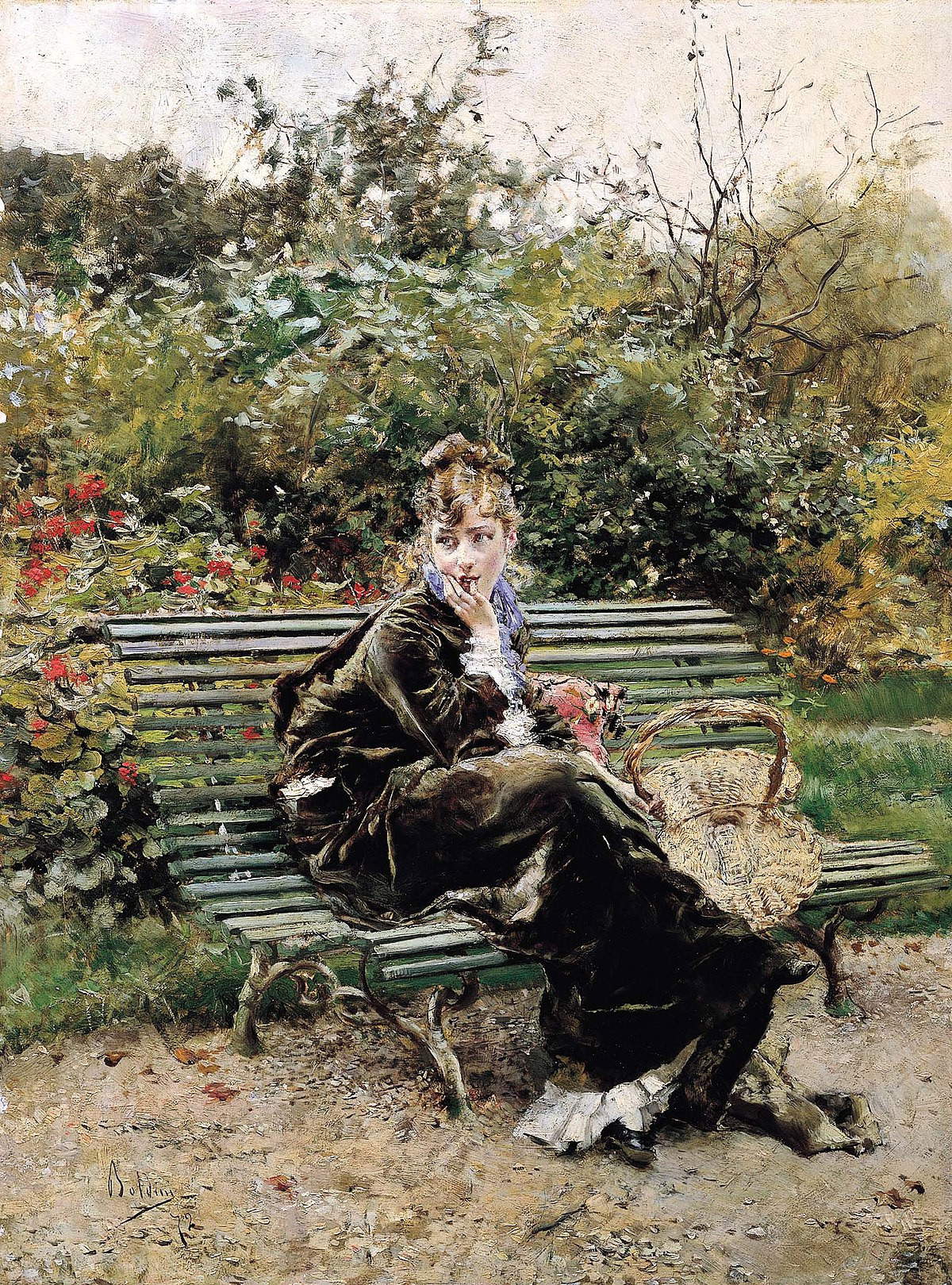
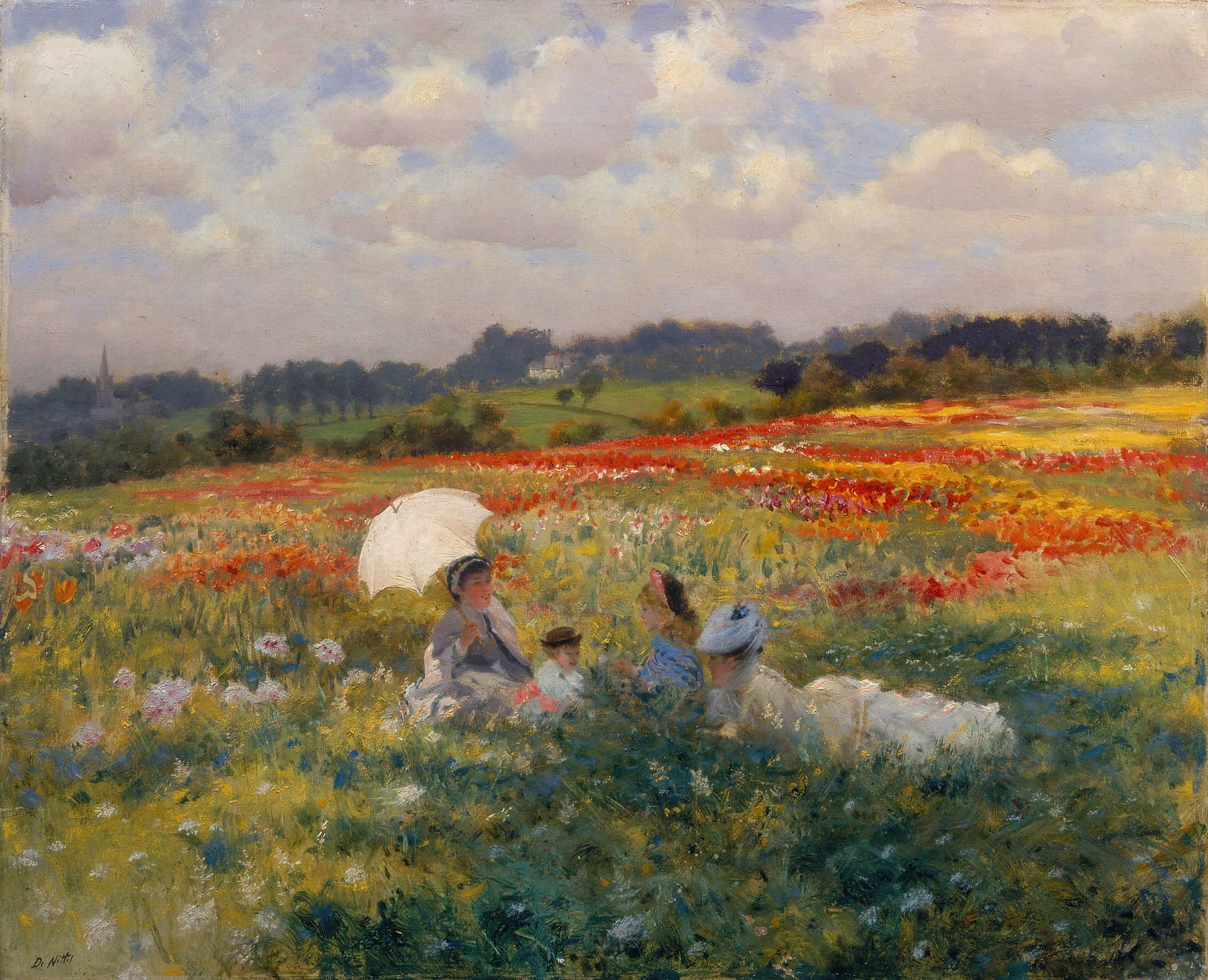
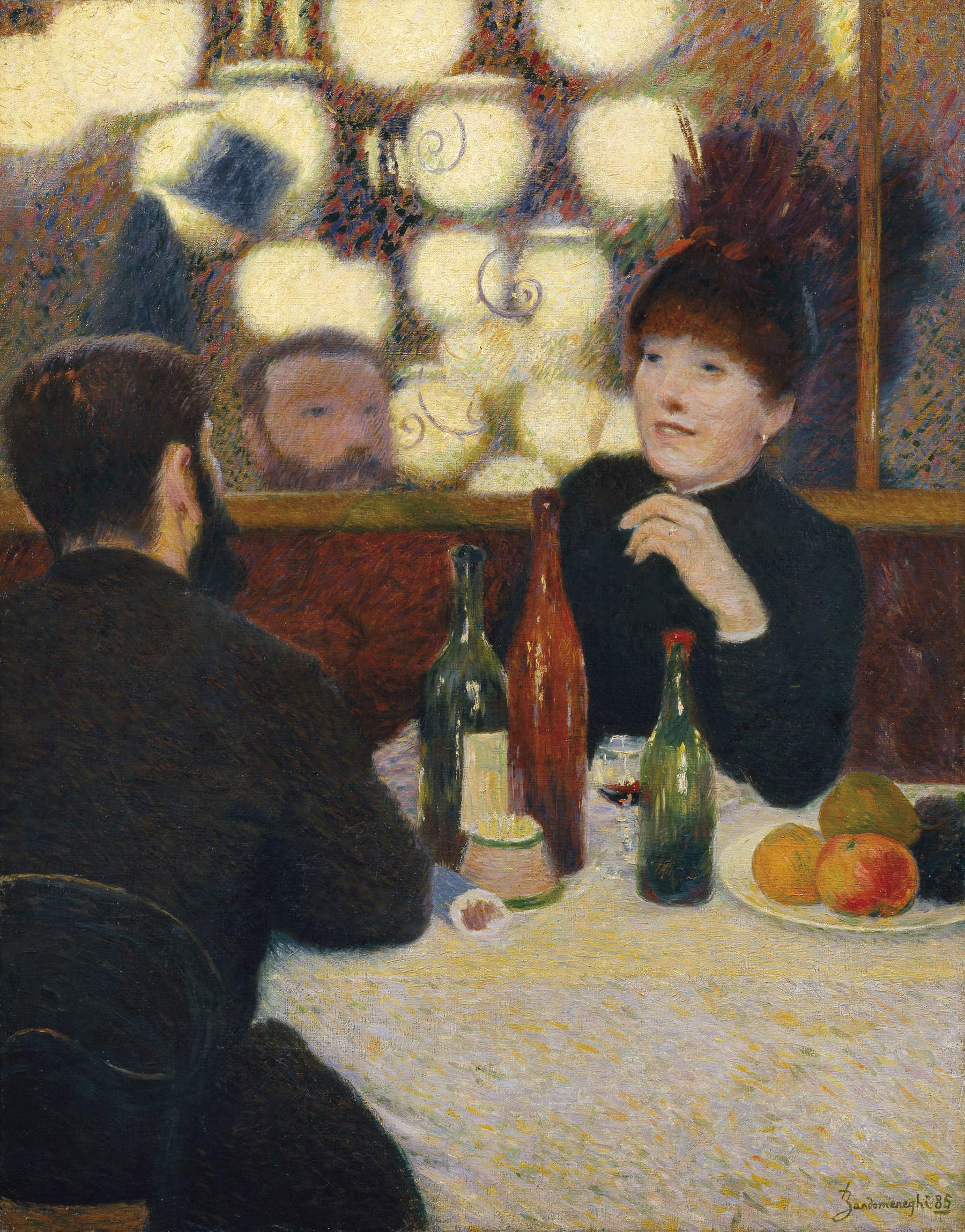
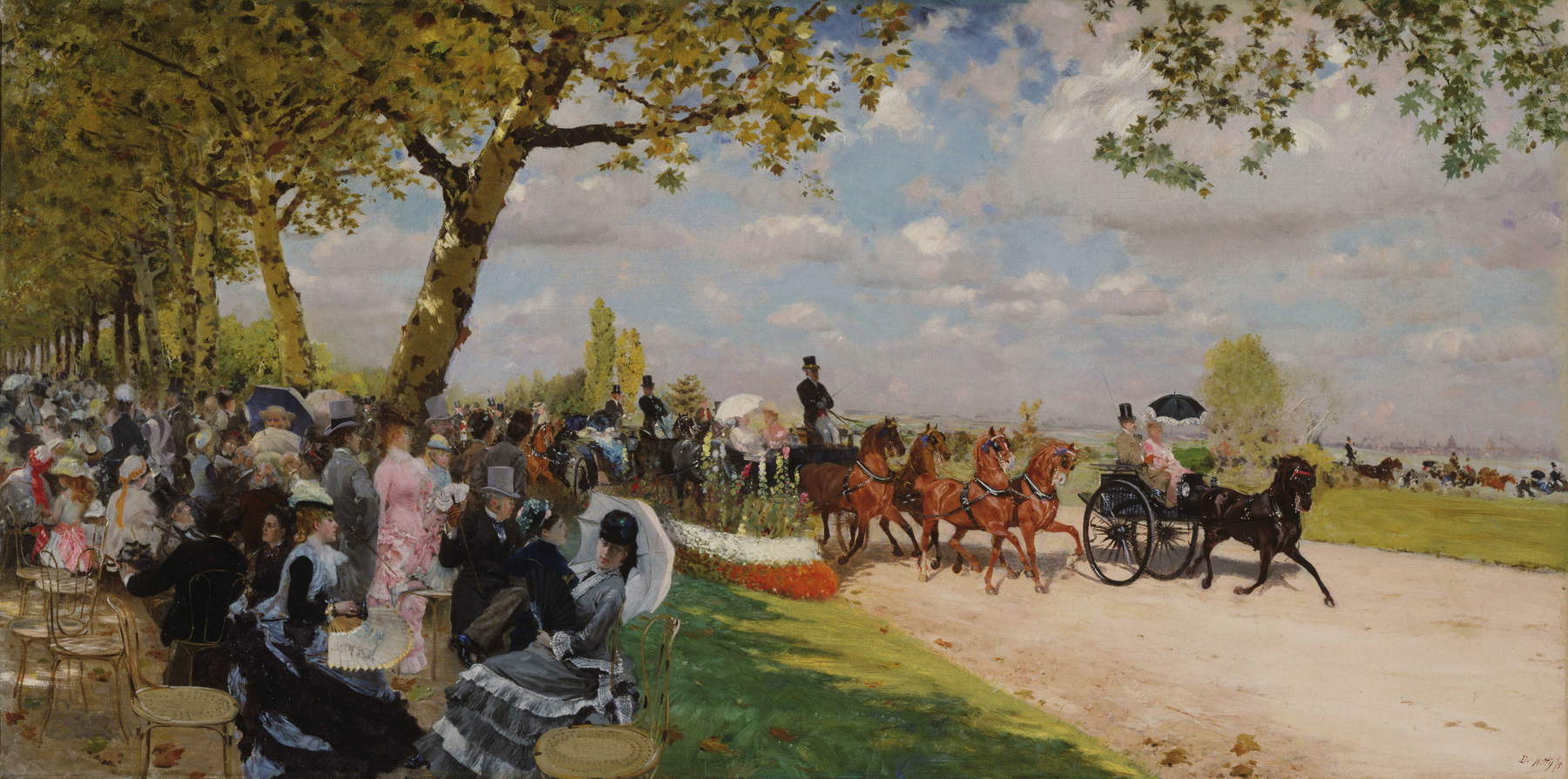
The exhibition traces the Parisian adventure of the three Italian painters who, between 1867 and 1874, moved to the French capital attracted by its cultural dynamism. Paris, at the time suspended between the end of the Second Empire and the birth of the Third Republic, was a laboratory of ideas and experimentation. In cafes, salons and intellectual circles, artists, writers and merchants who would redefine the language of modern art were meeting.
In this setting, Boldini, De Nittis and Zandomeneghi found the ideal place to develop their research. They worked with influential merchants such as the Maison Goupil, dialogued with artists such as Degas, Manet, and Renoir, and absorbed the vitality of the new urban life. But while immersed in French modernity, they retained a deep connection with the Italian tradition, particularly Macchiaioli realism, which marked their original approach. The Tuscan milieu, from which many of them came, initially looked at that international success with suspicion. As early as 1878, however, Diego Martelli, a theorist of the Macchiaioli, recognized in De Nittis a superior greatness, capable of reconciling modernity and artistic rigor.
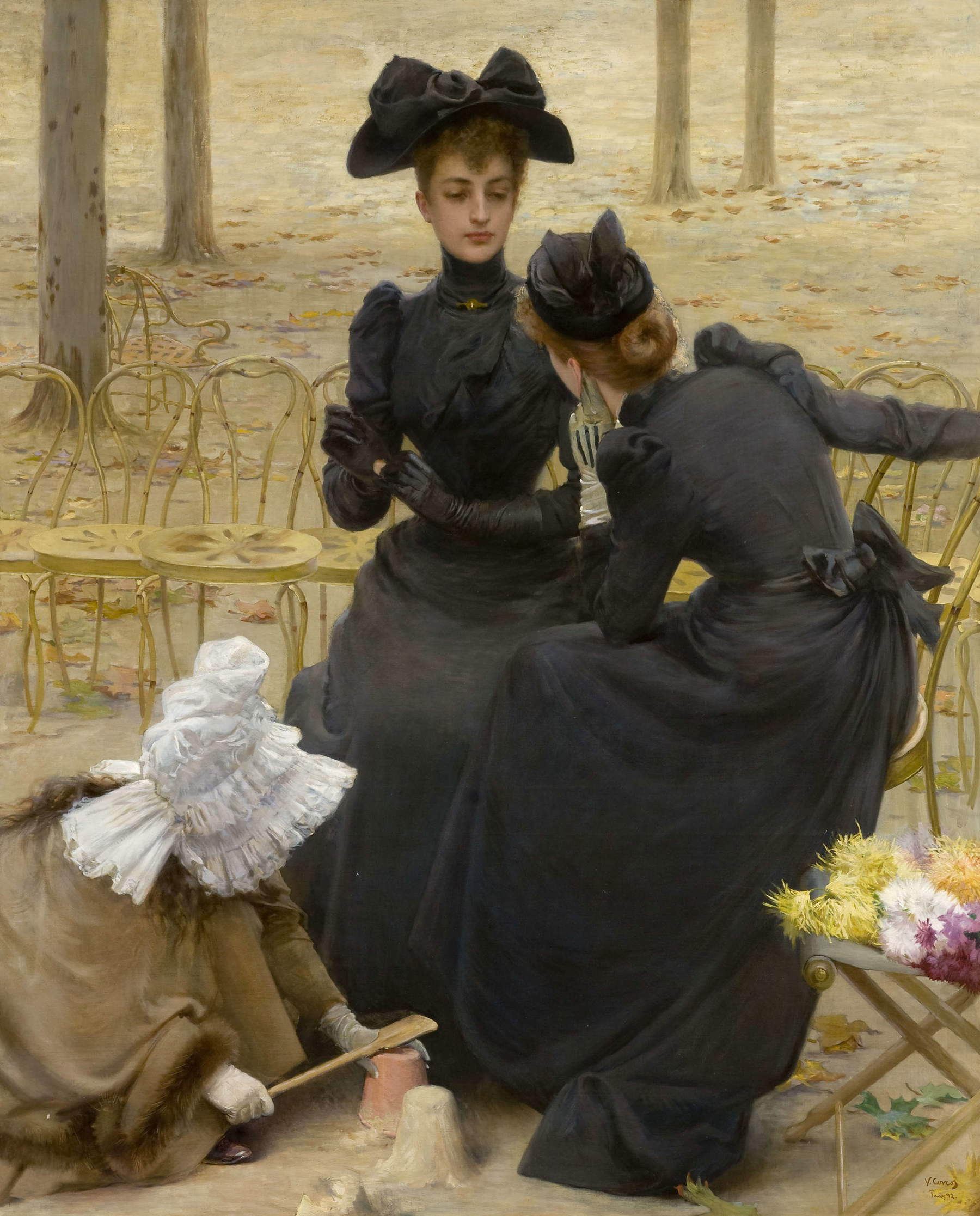
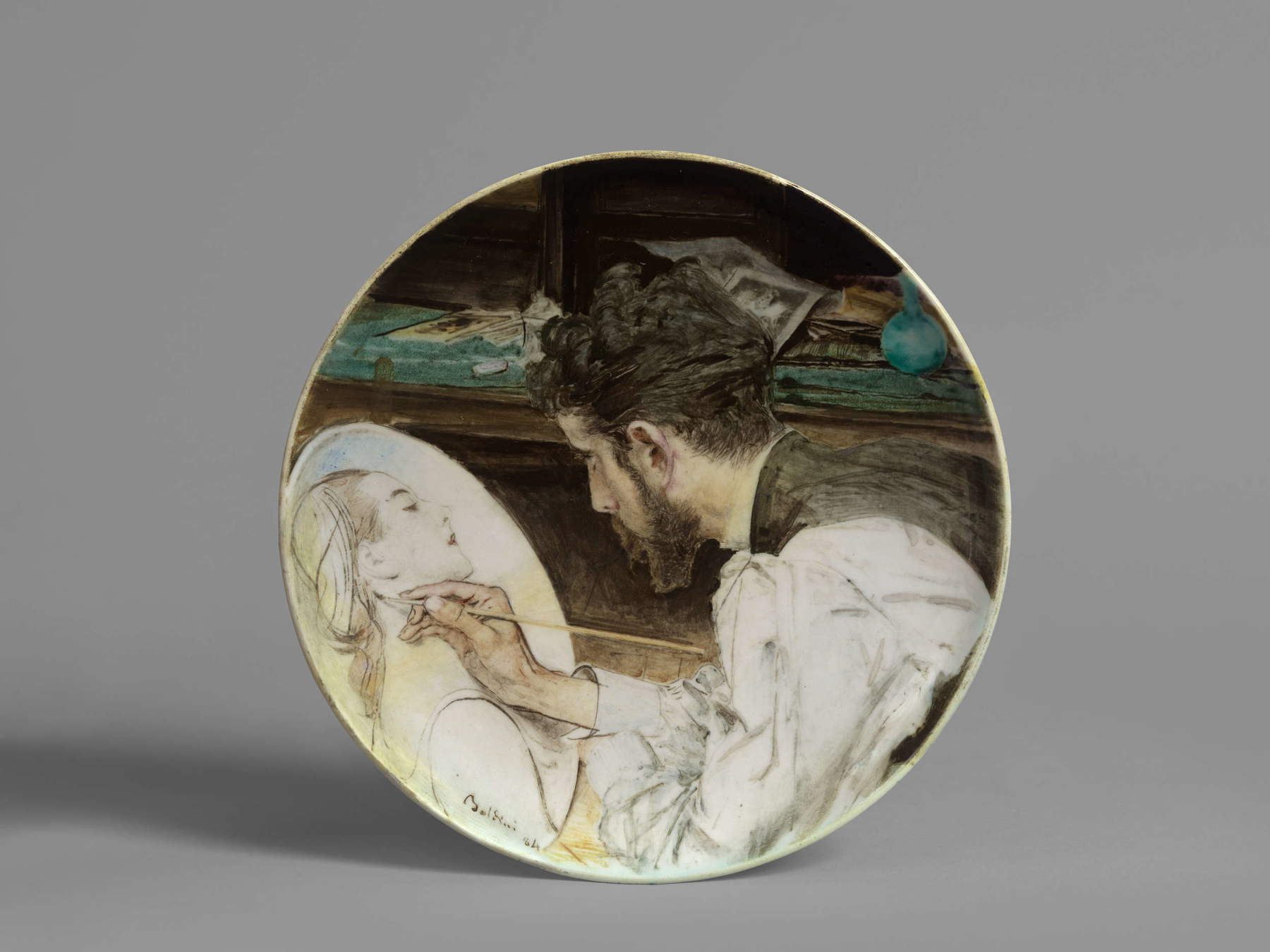
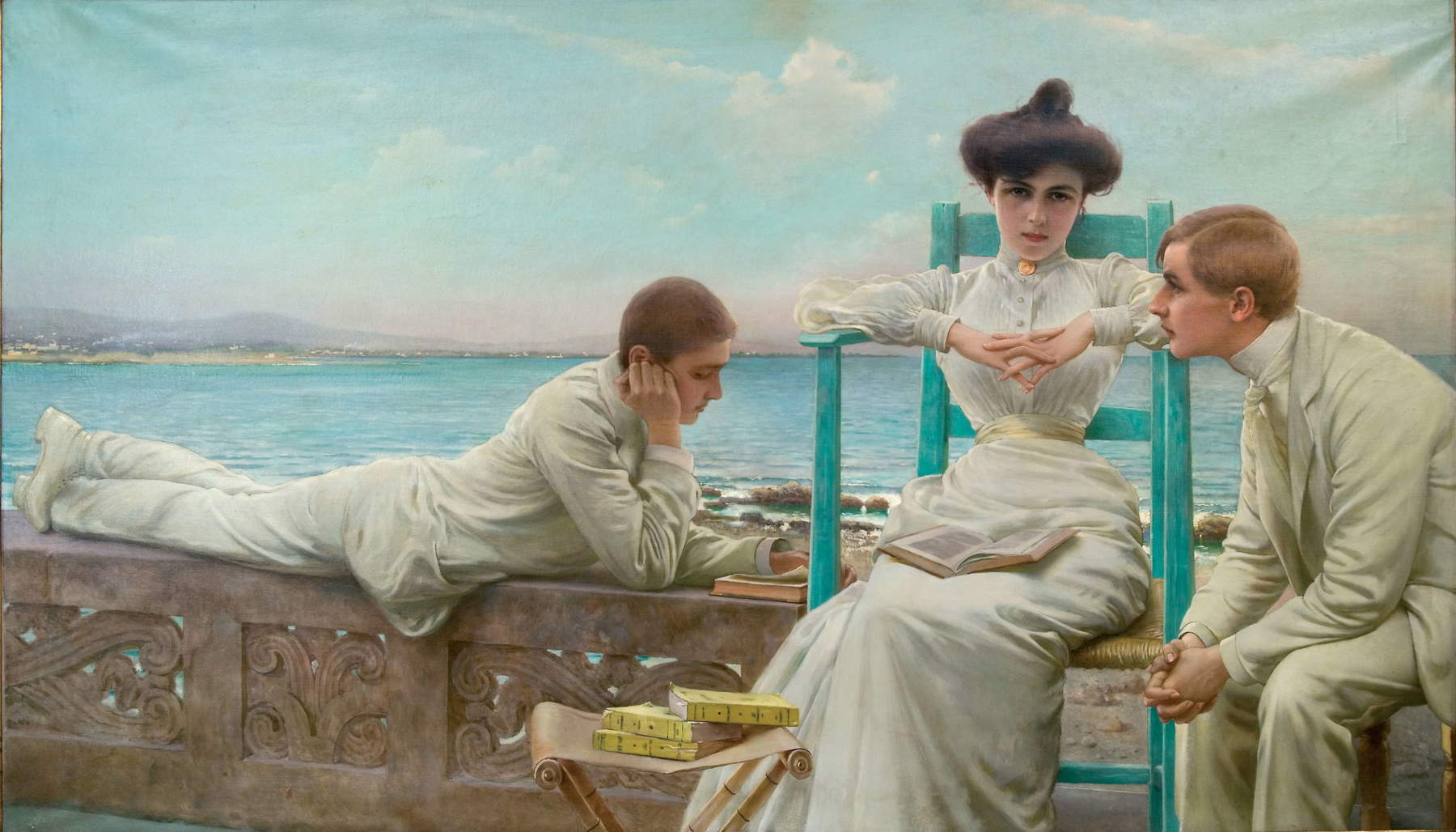
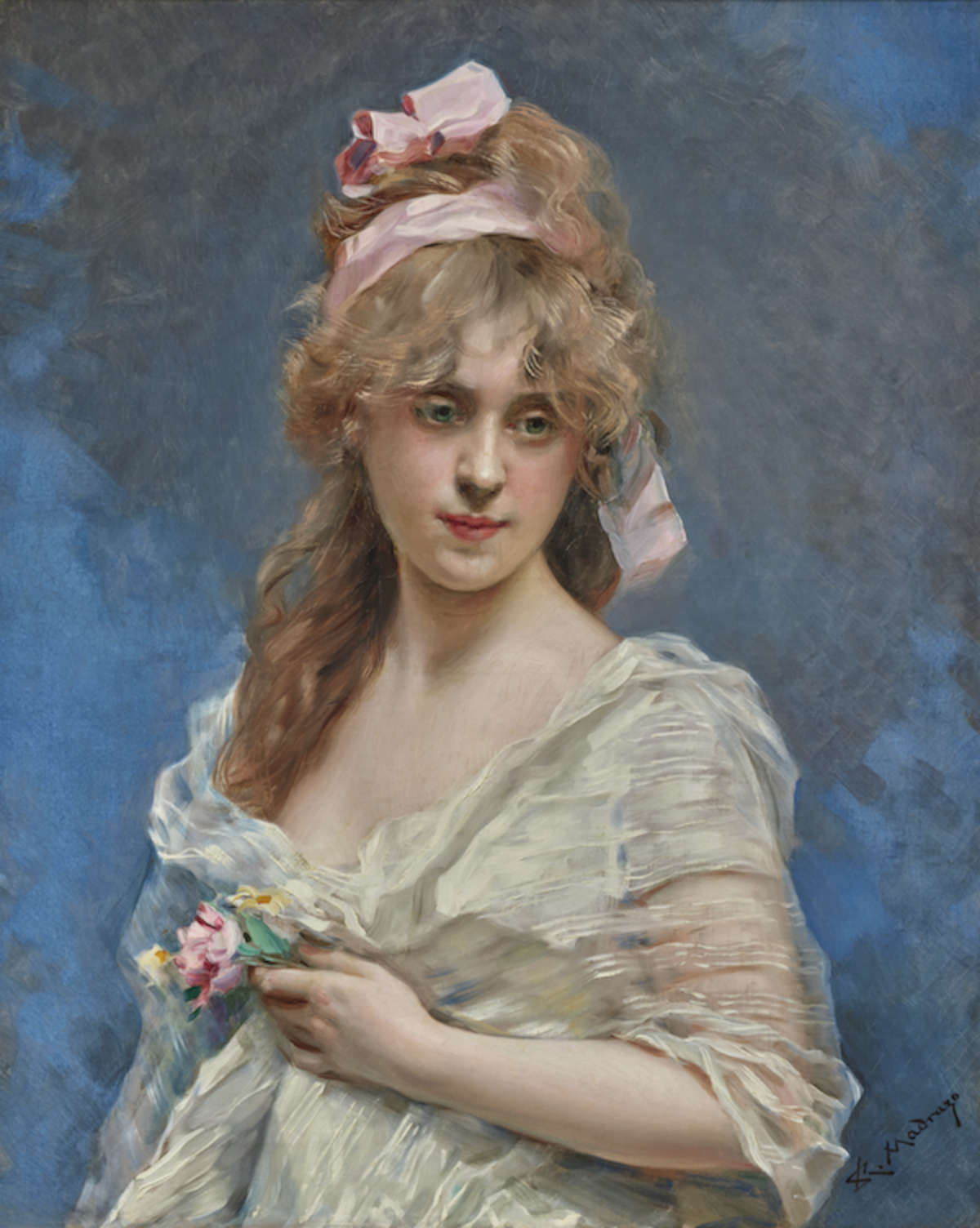
The exhibition itinerary is divided into nine sections. The first section of the exhibition itinerary, From the Defeat of Sedan to the Paris Commune, chronicles the Paris of reconstruction after the fall of Napoleon III at Sedan (1870) and the dramas of the Commune. Artists such as Gustave Courbet (Ornans, 1819 - La Tour-de-Peilz, 1877) actively participated, while Édouard Manet (Paris, 1832 - 1883) and Maximilien Luce (Paris, 1858 - 1941) documented the human and social drama. Meanwhile, in Italy, Garibaldi led the last Risorgimento enterprise at Dijon, flanked by figures such as the painter Carlo Ademollo (Florence, 1824 - 1911). With the repression of the Commune, an era came to a close: the figure of the artist-soldier gave way to the painter-flâneur, interpreter of modern life. Works by Ernest Meissonier (Lyon, 1815 - Paris, 1891), Manet, Luce, Ademollo and Sebastiano De Albertis (Milan, 1828 - 1897) recount the end of Risorgimento heroism and the beginning of a new urban and bourgeois sensibility. The second section, The Rebirth of Paris, shows a city transforming into a vibrant, elegant and cosmopolitan metropolis, the cultural capital of the Belle Époque. Boldini and De Nittis capture this ferment, adapting their realism to the new urban aesthetic. In their works they recount modern life: luxury, fashion, parks, and rides in the Bois. Paris is a crossroads of talent and a center of artistic experimentation. Here Italian painters not only make a name for themselves but also help define the image of the most iconic city of the 19th century. The third section is divided into two parts. It begins with La Maison Goupil, Fortuny and Italy , which delves into the history of Maison Goupil, founded in 1829, the heart of the international art market in the 19th century. With branches in Europe and the United States, it promoted refined, brilliant, accessible painting: small formats, costumed subjects, technical virtuosity. At the center of this network, Mariano Fortuny y Marsal became a rising star, admired by collectors and artists alike. His stay in Portici in 1874 (his masterpiece Spiaggia a Portici (Beach at Portici) exhibited for the first time in Italy) inspired young southern painting and emerging figures such as Antonio Mancini (Rome, 1852 - 1930), Francesco Paolo Michetti (Tocco da Casauria, 1851 - Francavilla al Mare, 1929) and Alceste Campriani (Terni, 1848 - Lucca, 1933), soon valorized by Goupil. The influence of the Catalan painter renewed Italian art of the Central-South and opened it to the European market. The second part is entitled The Dream of the Eighteenth Century: Boldini and the Elegance of the Past: Boldini looks to the eighteenth century as a source of elegance, theatricality and seduction. In his costume paintings, homage to the ancien régime becomes modern virtuosity. Supported by the Maison Goupil, the Ferrara painter won over collectors with refined and brilliant works. His “settecentismo” is not nostalgia but aesthetic strategy: a spectacular painting, capable of evoking an ideal past and at the same time affirming the European identity of Italian art in the new international market.
The exhibition continues with the fourth section, Boldini and De Nittis, Painters of Modern Life. Inspired by Fortuny and supported by the Maison Goupil, Boldini and De Nittis translated the bourgeois taste for elegance and modernity with sparkling, cultured and seductive painting. If De Nittis looks to the light of Impressionism with a realistic eye, Boldini focuses on vibrant atmospheres and figures in motion, oscillating between eighteenth-century dream and urban modernity. Both represent the flâneur artist dear to Charles Baudelaire: refined chroniclers of the metropolis, capable of capturing the pulse of their time with grace and sensuality. The fifth section, Casa De Nittis, gives an account of the painter’s residence in Paris, which was much more than a bourgeois residence: it was a cosmopolitan salon, animated by Italian, French and English artists, writers and intellectuals. Edgar Degas (Paris, 1834 - 1917), Émile Zola, Edmond de Goncourt, Jules Claretie, and Manet hung out there among works of art, Japanese ceramics, brilliant conversation, and music. Alongside De Nittis, his wife Léontine discreetly attended to every detail of domestic life, transforming the home into a space of elegance and sharing. Here the artist developed a personal style, linked to Impressionism and Oriental art, and brought pastel to a new modernity. “Casa De Nittis” is the heart of his human and creative story: a reflection of his affections, his taste and his vision of art as a form of life.
It continues with Zandomeneghi with the Impressionists: the way of the avant-garde: in Paris, in the 1870s, Zandomeneghi came into contact with the Impressionists, participating in four of their exhibitions. Fascinated by light, color and the modernity of urban life, he developed a personal pictorial language, combining Italian lessons with French research. His gaze often focused on the female universe, treated with grace and intimacy, in a balance between formal innovation and lyrical sensitivity. In dialogue with Degas, Pierre-Auguste Renoir (Limoges, 1841 - Cagnes-sur-Mer, 1919) and Mary Cassatt (Allegheny, 1844 - Château de Beaufresne, 1926), Zandomeneghi occupies an autonomous position in the Parisian scene: he reveals himself as an original interpreter of the Impressionist avant-garde. The seventh section,Toward a European Cliché of Elegant Modernity, takes the audience to the period between the late 19th and early 20th centuries, when a new pictorial sensibility was born in Paris that celebrated feminine elegance as a symbol of modernity. Italian, French and Spanish artists shared a refined language influenced by the fashion industry and the illustrated press. Protagonist is still Boldini, who devotes himself to vibrant and sensual portraits. Alongside him, Spanish painters such as Raimundo de Madrazo y Garreta (Rome, 1841 - Versailles, 1920), Vicente Palmaroli (Zarzalejo, 1834 - Madrid, 1896) and Rogelio de Egusquiza (Santander, 1845 - Madrid, 1915) contribute to defining a sophisticated and cosmopolitan aesthetic. The section also rediscovers works and attributions, such as Lady portrayed in her Parisian salon, now assigned to Palmaroli. What emerges is a “European cliché” of a modern woman, dreamy and elegant, with Paris as her inspirational centerpiece.
The eighth section, Boldini, Helleu, Sargent: Scandal, Friendship and Rivalry at the Origins of the Worldly Portrait recounts how, in the 1880s, John Singer Sargent (Florence, 1856 - London, 1925), Boldini and Paul César Helleu (Vannes, 1859 - Paris, 1927) had established themselves as leading figures in the new modern portraiture, between Paris and London. The scandal caused by the Portrait of Madame X (1884) pushed Sargent back to England, leaving Boldini with a Paris studio and an artistic legacy to develop. The three artists share subjects, acquaintances and approaches: the brilliant international society, the modernity of customs, the elegance of the ephemeral. Each declines the portrait according to his own sensibility: the theatrical and dynamic allure of Boldini (on display is the Portrait of Little Subercaseux, an excellent loan from the Boldini Museum in Ferrara), the luminous intimism of Helleu, the psychological refinement of Sargent. Between worldliness, introspection and style, a new feminine ideal is born, seductive and restless, a symbol of an elegant and dynamic modernity. Finally, the closing is entrusted to the section La Belle Époque in Tuscany: between the end of the 19th century and the beginning of the 20th century, Tuscany, too, experienced the charm of the Belle Époque. a time of progress, elegance and new artistic sensibilities. Dialogue with Paris, the capital of modern art, occurs through the sojourns of many Tuscan artists and the Universal Expositions, visited by Gioli, Cannicci, and Gordigiani. Painting is updated through naturalism, society portraits and Impressionism, reworked in a personal and local key. Salons, magazines, exhibitions and events flourished, such as the Art and Flower Festival in Florence. Places like Livorno, Pisa, Castiglioncello and Fauglia became crossroads of experiences and visions, between tradition and modernity. The taste for domestic intimacy, seaside worldliness and dreaminess is reflected in a refined style and a poetic vision of everyday reality of which In lettura sul mare by Vittorio Corcos is the highest expression.
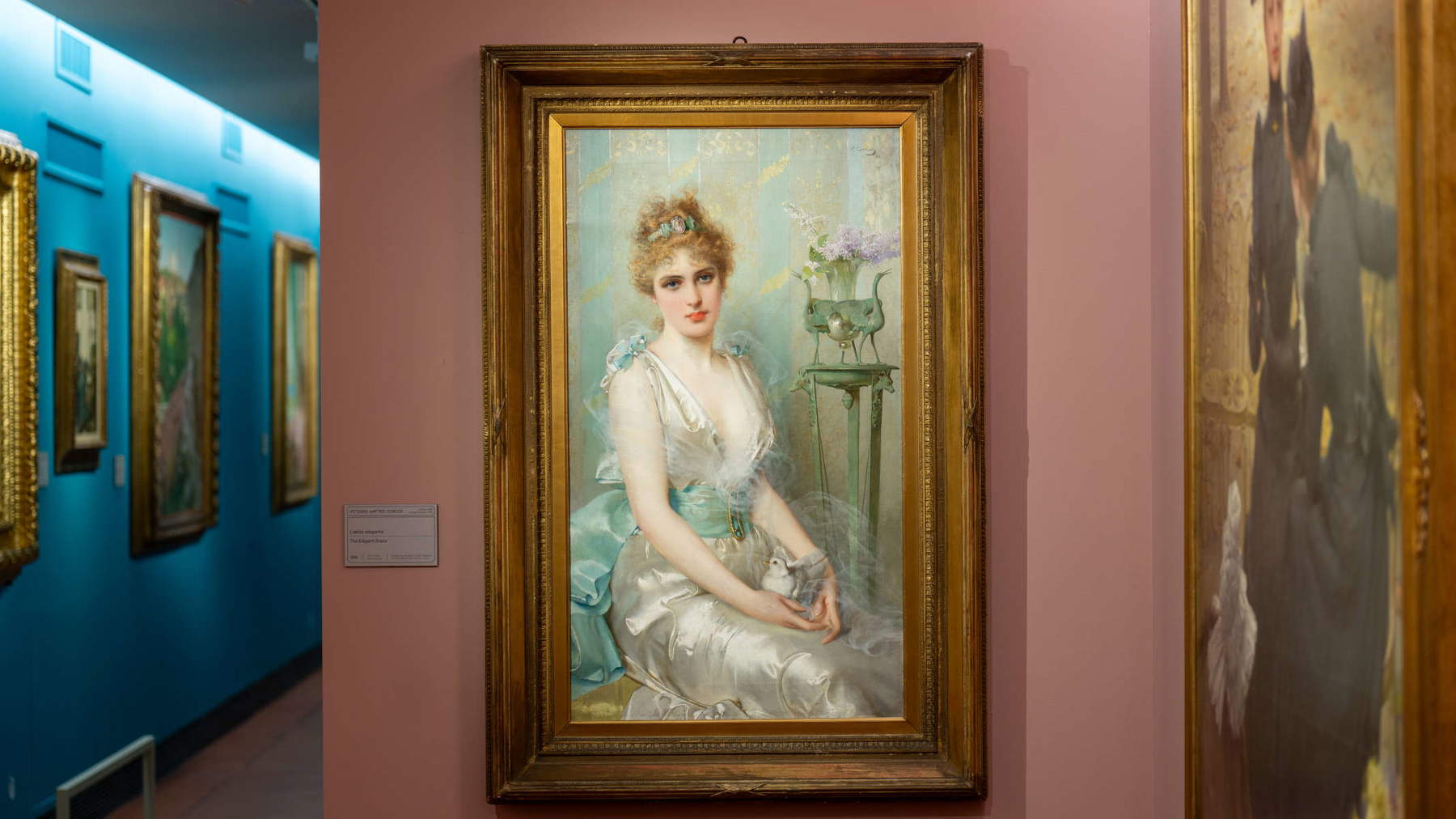
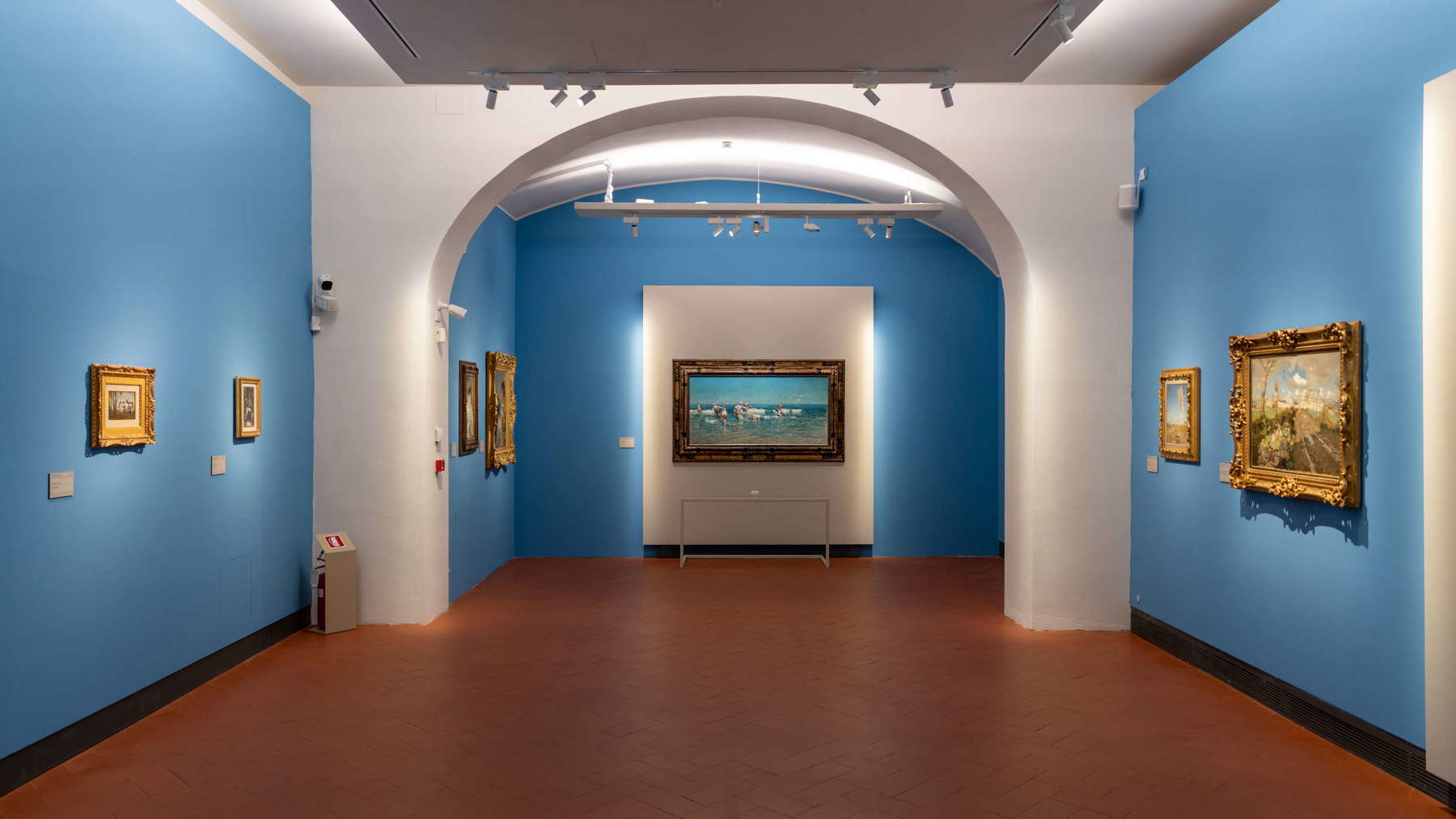
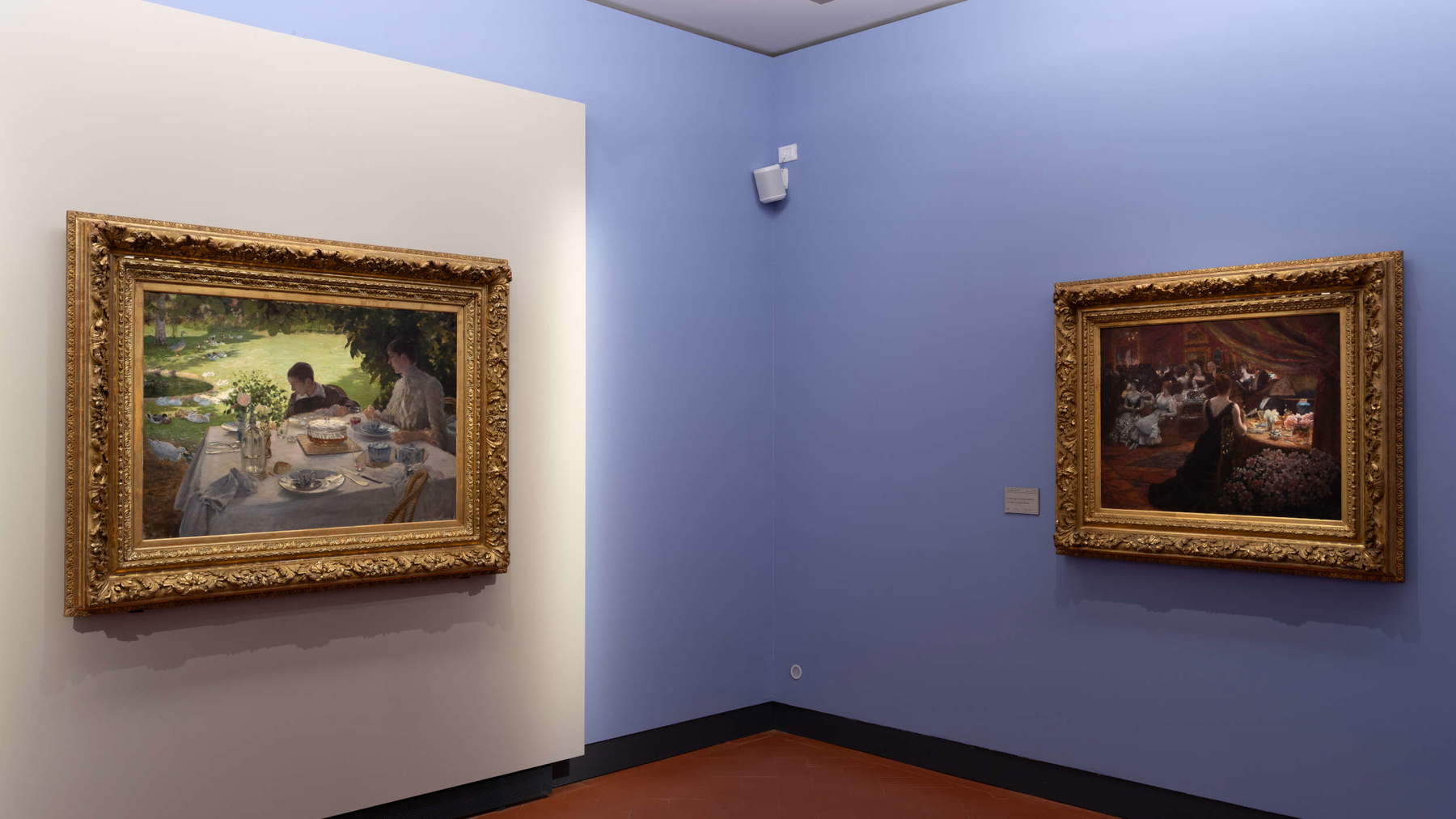
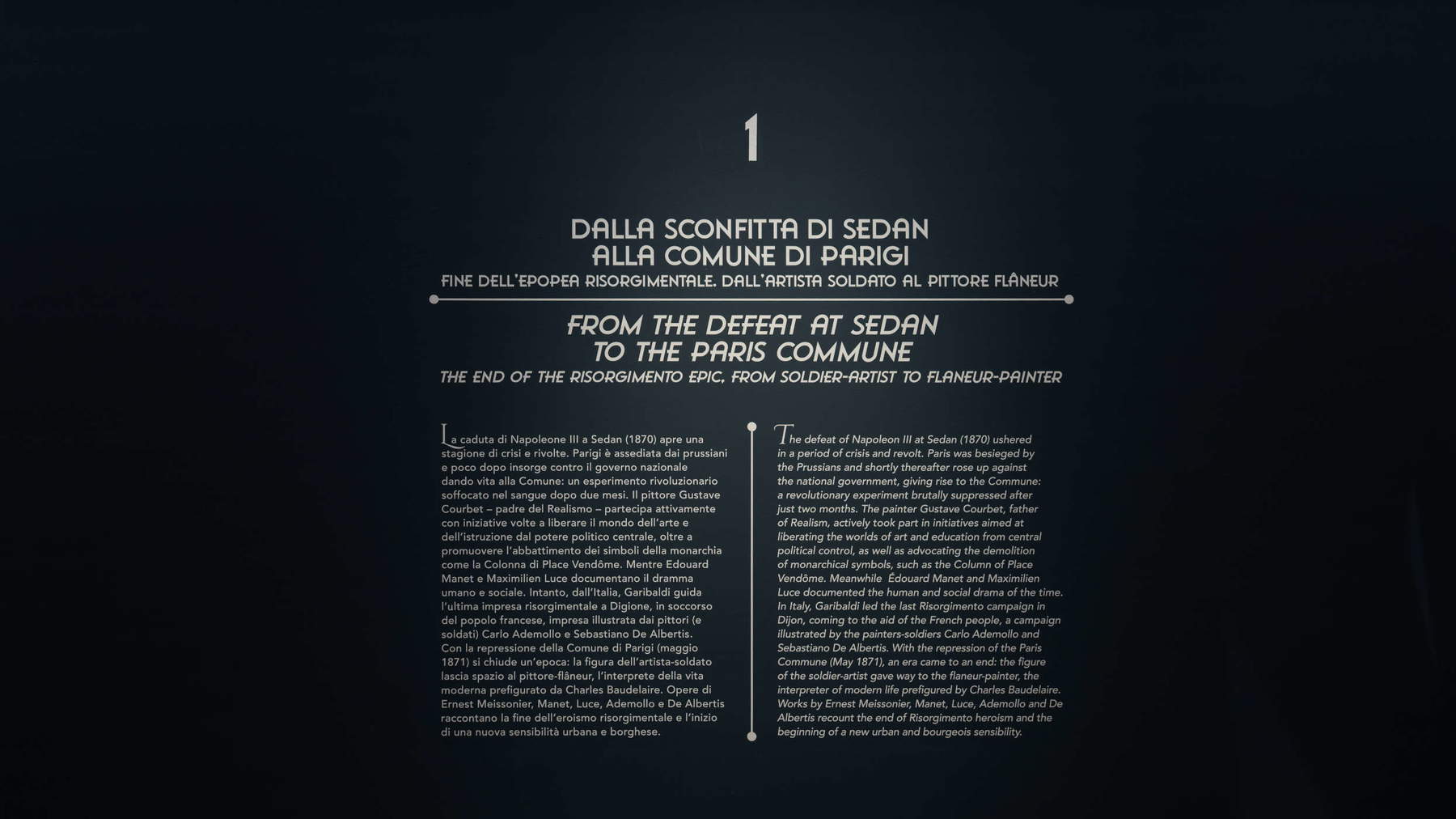
With this exhibition, Palazzo Blu wants to confirm its commitment to the enhancement of nineteenth-century art and the construction of paths with a European scope. The project also involves the fabric of the city, with collaborations with Federalberghi and Confcommercio Pisa, an equestrian prize at the San Rossore Hippodrome and a film festival in collaboration with the Cineclub at the Arsenale cinema, starting in January 2026.
The Belle Époque, more than a happy era, was a laboratory of ideas, a time when art, science and positivist thought helped define the winning image of the European metropolis. Paris, though reeling from wars and revolts, was able to reinvent itself as the capital of elegance and modernity, and Italian artists were among the protagonists of this rebirth. Their works, which reached as far as American collections, changed the perception of modern painting forever. Palazzo Blu thus invites the public to rediscover that luminous and complex season, in which Italy contributed with originality to the construction of the European myth of modernity. For all information you can visit www.belleepoquepisa.it and www.palazzoblu.it.
 |
| Pisa, at Palazzo Blu the Paris of the Italians: the Belle Époque of Boldini, De Nittis and Zandomeneghi |
Warning: the translation into English of the original Italian article was created using automatic tools. We undertake to review all articles, but we do not guarantee the total absence of inaccuracies in the translation due to the program. You can find the original by clicking on the ITA button. If you find any mistake,please contact us.